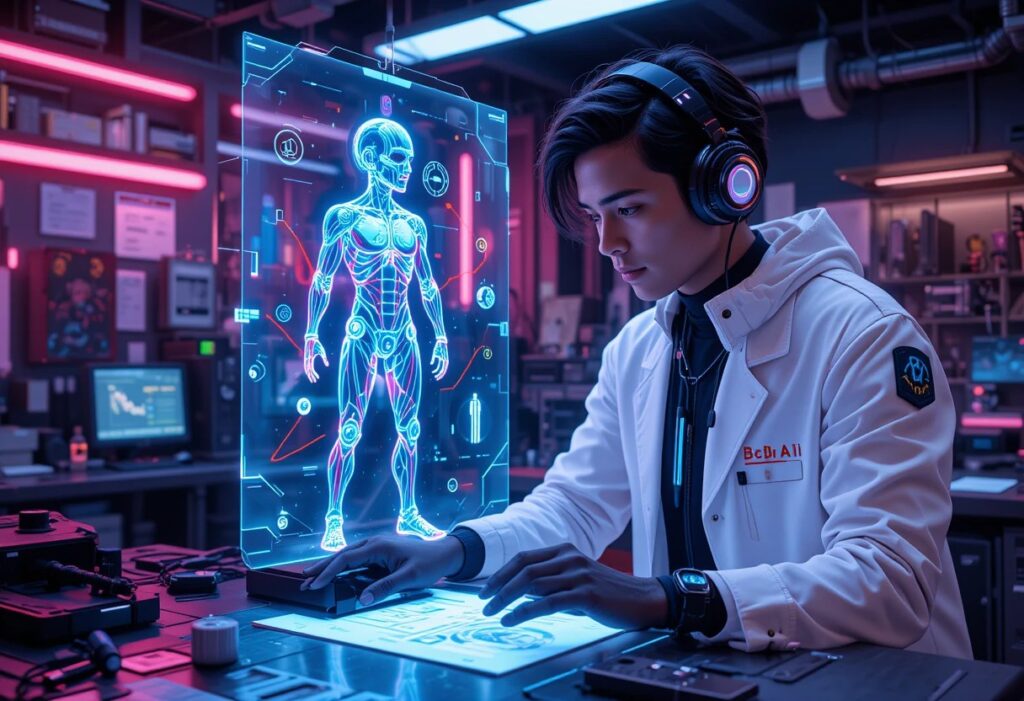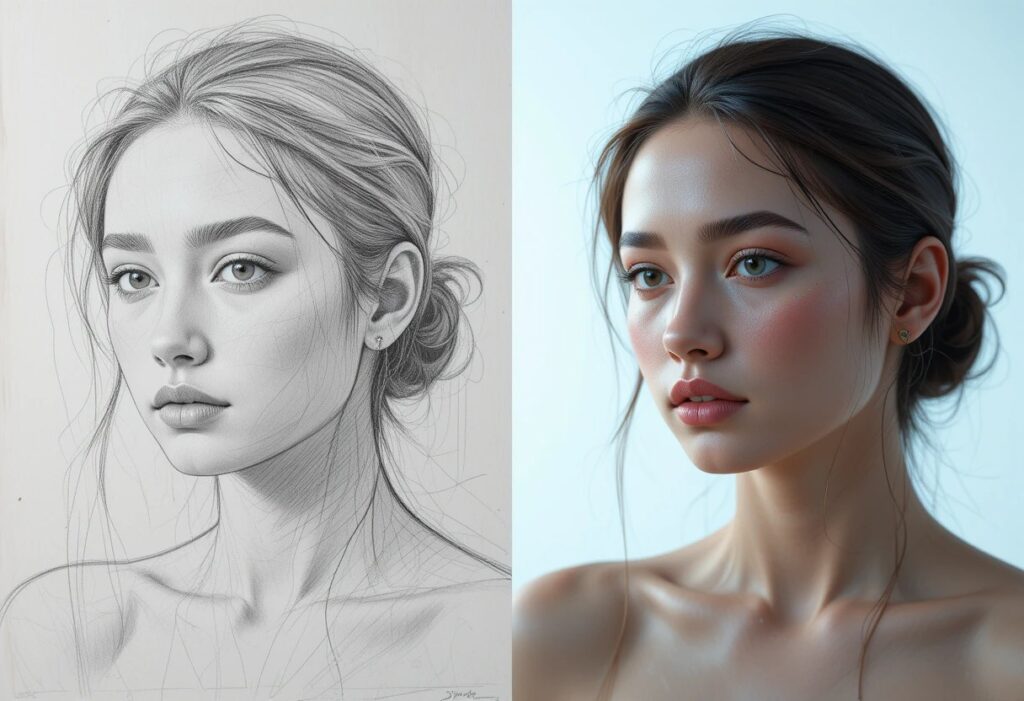Introduction
Have you ever stared at a blank canvas, unsure how to turn your vision into a stunning AI-generated image? Or maybe you’ve struggled to describe an idea in words, only to get disappointing results from your AI art tool?
An image-to-image prompt generator could be the solution you need. This powerful tool bridges the gap between your imagination and AI’s capabilities, allowing you to refine, enhance, or completely transform images with just a few tweaks.

In this guide, we’ll explore:
- What an image-to-image prompt generator is
- How it works (with real-world examples)
- The best tools available today
- Expert tips for maximizing creativity
- Future trends in AI-assisted art
Whether you’re a digital artist, marketer, or hobbyist, this guide will help you harness AI’s full potential.
What Is an Image-to-Image Prompt Generator?
An image-to-image prompt generator is an AI-powered tool that takes an existing image (or sketch) and generates new variations based on text prompts. Unlike traditional text-to-image generators (like MidJourney or DALL·E), this method gives you more control by using a reference image as a starting point.
How It Differs from Text-to-Image AI
| Feature | Text-to-Image | Image-to-Image |
|---|---|---|
| Input | Text prompt only | Image + text prompt |
| Control | Limited by description | Higher precision |
| Use Case | Concept art, brainstorming | Refining, editing, style transfer |
Real-World Example: Turning Sketches into Art
Imagine you’ve drawn a rough character design but lack the skills to render it in high detail. Uploading it to an image-to-image generator (like Stable Diffusion’s img2img) lets you:
- Add shading and textures
- Change the art style (e.g., cyberpunk, watercolor)
- Generate multiple variations instantly
This is a game-changer for artists, designers, and content creators.
How Does an Image-to-Image Prompt Generator Work?
Step 1: Upload a Reference Image
The AI analyzes the composition, colors, and shapes in your input image.
Step 2: Add a Text Prompt
You guide the AI with instructions like:
- “Make this portrait photorealistic”
- “Convert this sketch into a cyberpunk cityscape”
- “Change the colors to pastel tones”

Step 3: Adjust Settings (Optional)
Most tools allow fine-tuning:
- Denoising strength (how much the AI alters the original)
- Style transfer (applying Van Gogh’s brushstrokes, anime filters, etc.)
- Seed control (locking certain elements for consistency)
Step 4: Generate & Refine
The AI produces new versions, which you can further tweak until perfect.
Top Image-to-Image Prompt Generators in 2024
1. Stable Diffusion (Img2Img)
- Best for: Advanced users, custom workflows
- Key Features: Open-source, supports plugins, high customization
- Example Use: Turning pencil sketches into digital paintings
2. MidJourney (Vary Region Feature)
- Best for: Concept artists, marketers
- Key Features: Intuitive Discord-based interface, strong stylization
- Example Use: Enhancing product mockups with different backgrounds
3. Leonardo.Ai
- Best for: Game developers, 3D artists
- Key Features: Real-time rendering, asset generation
- Example Use: Creating textured game assets from 3D models
4. Runway ML (Image-to-Image Mode)
- Best for: Video editors, motion graphics
- Key Features: Video support, green screen removal
- Example Use: Converting real footage into animated styles
Expert Tips for Better AI Image Generation
Tip #1: Use High-Quality Reference Images
- Blurry or low-res inputs lead to poor outputs.
- Pro Tip: Run a quick enhancement (via Remini or Topaz Gigapixel) before uploading.
Tip #2: Be Specific with Prompts
❌ “Make it look better”
✅ “Increase contrast, add cinematic lighting, and enhance details”
Tip #3: Experiment with Denoising Levels
- Low (0.2–0.4): Subtle refinements
- High (0.6+): Complete transformations
Tip #4: Combine Multiple Tools
Example workflow:
- Sketch in Procreate
- Refine with Stable Diffusion
- Upscale using Magnific AI
Future Trends in Image-to-Image AI
- Real-Time Collaboration – Artists and AI working simultaneously.
- 3D Model Integration – Converting 2D images into 3D assets.
- Ethical AI Art – Better copyright and watermarking solutions.
Final Thoughts
An image-to-image prompt generator unlocks endless creative possibilities, from refining artwork to generating marketing visuals in seconds. By mastering these tools, you can save time, enhance your workflow, and bring even the wildest ideas to life.
Which tool will you try first? Let us know in the comments!
FAQ (Featured Snippet Optimized)
Q: Is image-to-image AI free to use?
A: Some tools (like Stable Diffusion) are open-source, while others (MidJourney, Runway ML) require subscriptions.
Q: Can I use AI-generated images commercially?
A: Check the tool’s license—some allow it, while others restrict commercial use.
Q: How do I avoid distorted outputs?
A: Use clear reference images, precise prompts, and adjust denoising settings.
